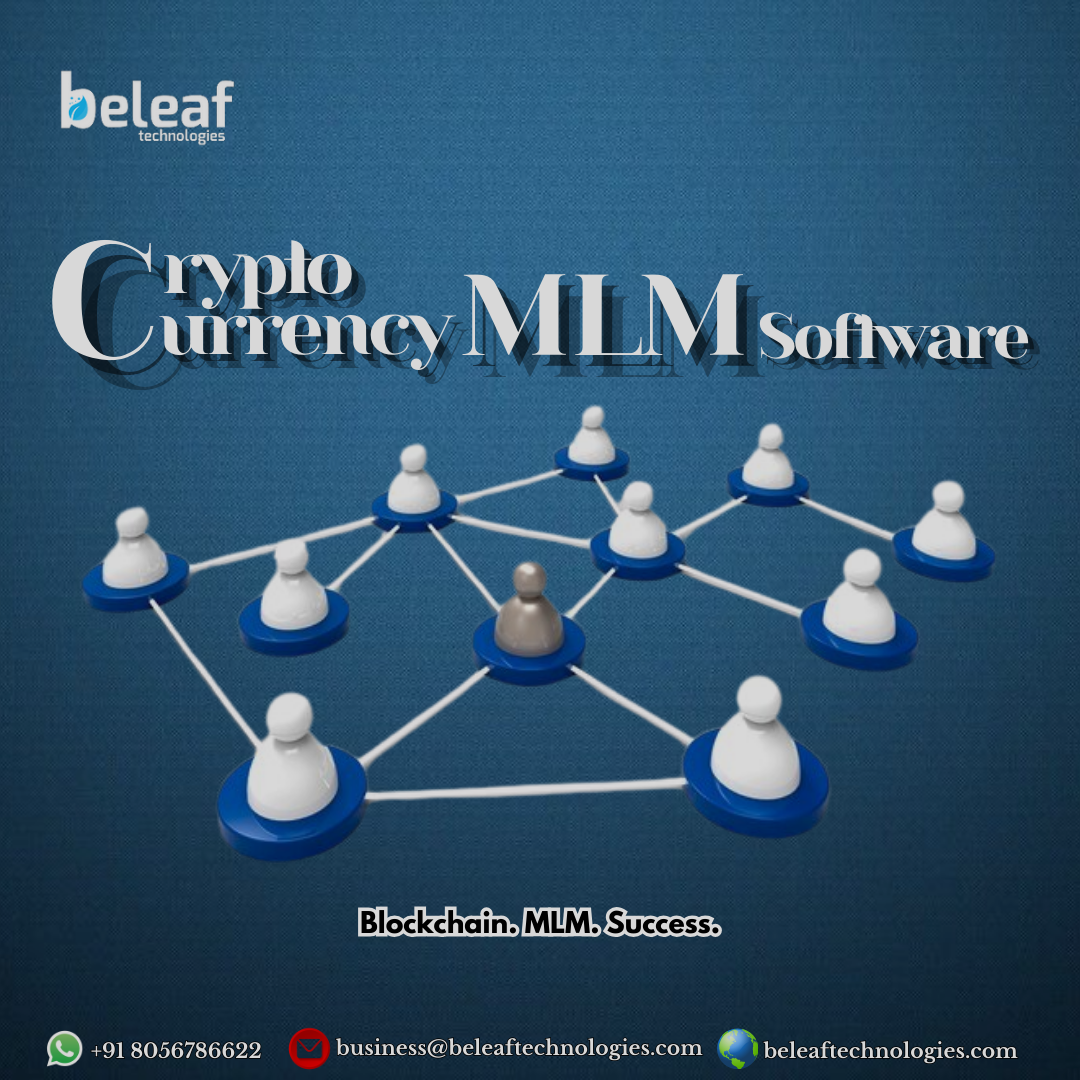Insight Engine: Overcoming Data Silos
An insight engine is a sophisticated enterprise platform designed to enhance the way organizations access and utilize their data. By combining advanced search capabilities with machine learning and artificial intelligence (AI), insight engines transform raw data into actionable insights, enabling more informed decision-making and improved operational efficiency.
What is an Insight Engine?
An insight engine applies relevancy methods to describe, discover, organize, and analyze data. Unlike traditional search engines, which primarily focus on retrieving information based on keyword matches, insight engines delve deeper into data, providing contextual and relevant results. They integrate structured and unstructured data from various sources, including databases, documents, emails, and social media, to deliver comprehensive insights.
Insight engines are advanced software platforms designed to enhance the way organizations search, analyze, and utilize their data. By leveraging artificial intelligence (AI) and natural language processing (NLP), these engines can process both structured and unstructured data, providing users with relevant and contextual insights. Unlike traditional search engines, insight engines do not merely retrieve information based on keyword matches; they understand the context and intent behind queries, delivering more accurate and actionable results. This capability allows businesses to uncover hidden patterns, trends, and relationships within their data, leading to more informed decision-making and strategic planning.
One of the key benefits of insight engines is their ability to learn and adapt over time. As they interact with users and process more data, these engines become increasingly proficient at predicting user needs and providing proactive recommendations. This continuous learning process helps organizations stay ahead of the curve by quickly adapting to changing market conditions and customer preferences. Additionally, insight engines can integrate data from various internal and external sources, creating a comprehensive view of the information landscape. This holistic approach not only improves efficiency but also fosters innovation by enabling users to explore new ideas and opportunities.
Key Features
Advanced Search Capabilities: Insight engines utilize natural language processing (NLP) to understand and interpret user queries more effectively. This allows users to search using conversational language, making it easier to find relevant information.
Machine Learning and AI: These technologies enable insight engines to learn from user interactions and continuously improve the accuracy and relevance of search results. AI-driven analysis helps in identifying patterns and trends within the data, providing deeper insights.
Data Integration: Insight engines can connect to multiple data sources, both internal and external, to aggregate and index data. This ensures that users have access to a unified view of all relevant information.
Contextual Relevance: By understanding the context of a query, insight engines can deliver more precise and meaningful results. This is particularly useful in scenarios where the same term might have different meanings in different contexts.
User-Friendly Interface: Insight engines often feature intuitive dashboards and visualization tools that make it easy for users to interact with and interpret the data. This enhances user experience and facilitates better decision-making.
Applications
Healthcare: Insight engines are used to analyze patient data, research articles, and clinical trials to provide healthcare professionals with relevant information for diagnosis and treatment. They can also help in identifying trends and patterns in patient outcomes.
Financial Services: In the financial sector, insight engines assist in risk management, fraud detection, and investment analysis by aggregating and analyzing vast amounts of financial data.
Benefits
Enhanced Decision-Making: By providing timely and relevant insights, insight engines enable organizations to make more informed decisions, leading to better outcomes.
Challenges
Despite their advantages, implementing insight engines can be challenging. Issues such as data privacy, integration complexities, and the need for continuous updates and maintenance can pose significant hurdles. Additionally, ensuring the accuracy and reliability of the insights generated is crucial for their effective use.
Conclusion
Insight engines represent a significant advancement in the field of data analytics. By leveraging AI and machine learning, they provide organizations with powerful tools to unlock the full potential of their data. As technology continues to evolve, the capabilities of insight engines are expected to expand, offering even greater benefits to businesses across various industries.
Insight Engine: Overcoming Data Silos
An insight engine is a sophisticated enterprise platform designed to enhance the way organizations access and utilize their data. By combining advanced search capabilities with machine learning and artificial intelligence (AI), insight engines transform raw data into actionable insights, enabling more informed decision-making and improved operational efficiency.
What is an Insight Engine?
An insight engine applies relevancy methods to describe, discover, organize, and analyze data. Unlike traditional search engines, which primarily focus on retrieving information based on keyword matches, insight engines delve deeper into data, providing contextual and relevant results. They integrate structured and unstructured data from various sources, including databases, documents, emails, and social media, to deliver comprehensive insights.
Insight engines are advanced software platforms designed to enhance the way organizations search, analyze, and utilize their data. By leveraging artificial intelligence (AI) and natural language processing (NLP), these engines can process both structured and unstructured data, providing users with relevant and contextual insights. Unlike traditional search engines, insight engines do not merely retrieve information based on keyword matches; they understand the context and intent behind queries, delivering more accurate and actionable results. This capability allows businesses to uncover hidden patterns, trends, and relationships within their data, leading to more informed decision-making and strategic planning.
One of the key benefits of insight engines is their ability to learn and adapt over time. As they interact with users and process more data, these engines become increasingly proficient at predicting user needs and providing proactive recommendations. This continuous learning process helps organizations stay ahead of the curve by quickly adapting to changing market conditions and customer preferences. Additionally, insight engines can integrate data from various internal and external sources, creating a comprehensive view of the information landscape. This holistic approach not only improves efficiency but also fosters innovation by enabling users to explore new ideas and opportunities.
Key Features
Advanced Search Capabilities: Insight engines utilize natural language processing (NLP) to understand and interpret user queries more effectively. This allows users to search using conversational language, making it easier to find relevant information.
Machine Learning and AI: These technologies enable insight engines to learn from user interactions and continuously improve the accuracy and relevance of search results. AI-driven analysis helps in identifying patterns and trends within the data, providing deeper insights.
Data Integration: Insight engines can connect to multiple data sources, both internal and external, to aggregate and index data. This ensures that users have access to a unified view of all relevant information.
Contextual Relevance: By understanding the context of a query, insight engines can deliver more precise and meaningful results. This is particularly useful in scenarios where the same term might have different meanings in different contexts.
User-Friendly Interface: Insight engines often feature intuitive dashboards and visualization tools that make it easy for users to interact with and interpret the data. This enhances user experience and facilitates better decision-making.
Applications
Healthcare: Insight engines are used to analyze patient data, research articles, and clinical trials to provide healthcare professionals with relevant information for diagnosis and treatment. They can also help in identifying trends and patterns in patient outcomes.
Financial Services: In the financial sector, insight engines assist in risk management, fraud detection, and investment analysis by aggregating and analyzing vast amounts of financial data.
Benefits
Enhanced Decision-Making: By providing timely and relevant insights, insight engines enable organizations to make more informed decisions, leading to better outcomes.
Challenges
Despite their advantages, implementing insight engines can be challenging. Issues such as data privacy, integration complexities, and the need for continuous updates and maintenance can pose significant hurdles. Additionally, ensuring the accuracy and reliability of the insights generated is crucial for their effective use.
Conclusion
Insight engines represent a significant advancement in the field of data analytics. By leveraging AI and machine learning, they provide organizations with powerful tools to unlock the full potential of their data. As technology continues to evolve, the capabilities of insight engines are expected to expand, offering even greater benefits to businesses across various industries.








